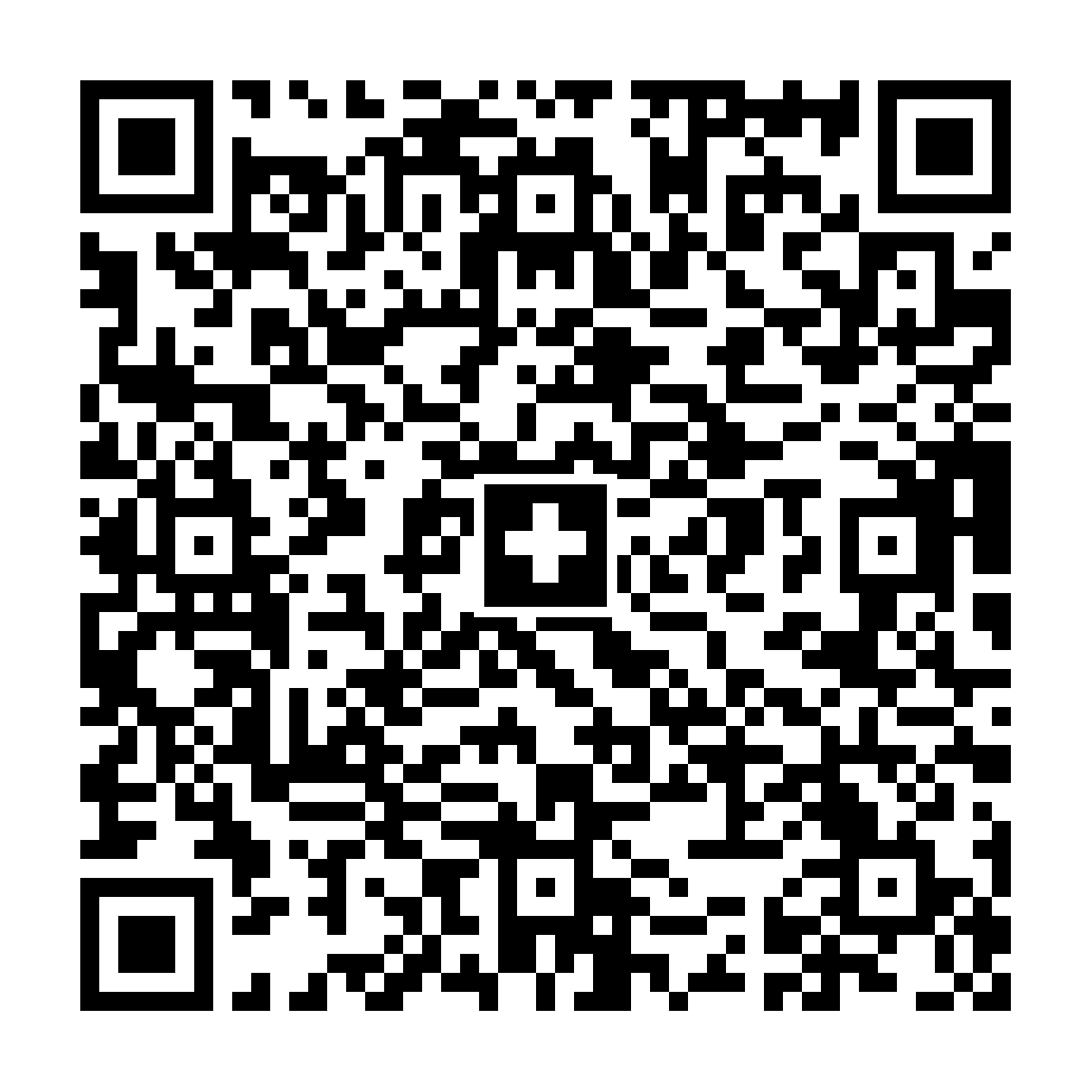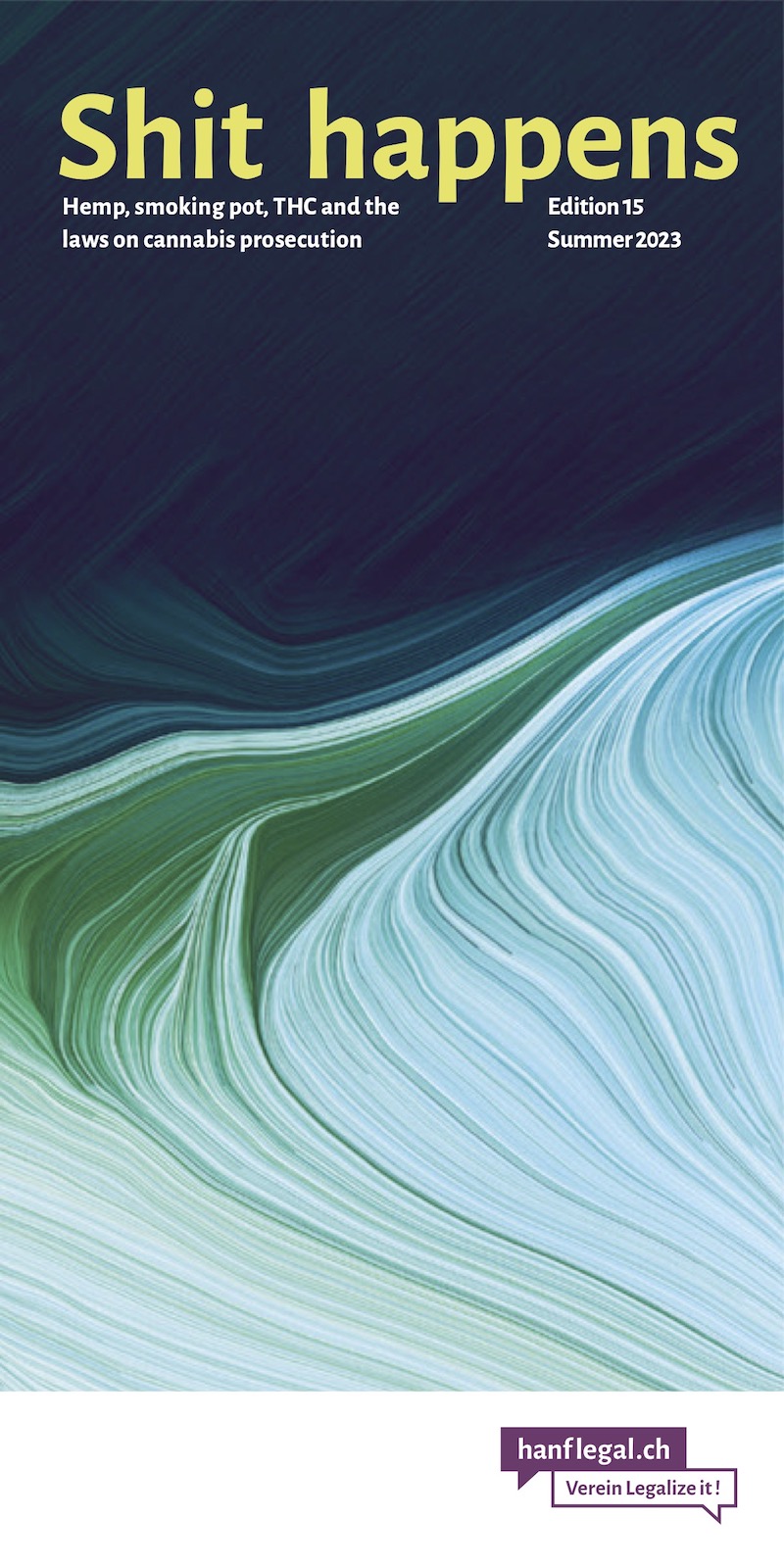- THC & Law:
Clarifications and abysses
The Federal Supreme Court has once again dealt with hemp in two decisions. In doing so, it comes to clarifying conclusions on some questions and essentially confirms its previous case law.
The first decision
The NZZ of August 17, 2001 claimed that with the one new Federal Court decision “the ban is now extended to early developmental stages of the plant”. However, this interpretation is not entirely correct. As before, the intended use determines whether a plant or even a seeds is legal or illegal. Specifically, this case involves an indoor grower who also consumed cannabis products himself. The Federal Court further states, “If the complainant has cultivated hemp in order to harvest seedlings and seeds from it, which, after the plants have been grown, serve to produce narcotics, he has … made punishable”. And further: “In view of the determined THC content (from 1 to 11%) of the seized hemp plants, it is beyond question that the cuttings and seeds grown by the complainant came from hemp varieties suitable for narcotics production.”
How much circumstantial evidence is needed?
However, this alone is not a sufficient basis for a conviction. And therefore: “The complainant was aware of this (the possibility of obtaining narcotics), his own consumption, his statements and the warning in the price list (one should not produce narcotics from hemp) clearly show this. Under these circumstances, the complainant accepted that his customers would grow the hemp cuttings and hemp seeds offered by him into THC-rich hemp plants and use them to obtain narcotics. The lower court does not violate federal law when it concludes from this that there was a violation of the Narcotics Act with contingent intent.” Or in other words: in principle, hemp cultivation remains permitted. However, if the THC content is “high” (above 0.3%), then according to the Federal Court, such plants can be used for illegal narcotics production. If then a few indications are added (for example, established cannabis consumption of the accused; indications on the product list that narcotics could be produced from the material), then it is very quickly enough for a conviction. And with this, the NZZ article is of course right again, because in reality it should be very difficult to find a case in which, in addition to THC-rich plants, a few indications do not come together that are sufficient for a conviction.
The second decision
In a second federal court decision, our highest court assessed whether one could legally consume cannabis products out of a (medical) emergency - despite the prohibition of consumption in the Narcotics Act. The defendant produced various hemp products herself and consumed them as tea. The consumption of hemp had enabled her to shake off her alcohol addiction and to abstain from alcohol. The defendant further stated that she consumed only domestic hemp and not Indian hemp, which has much higher THC levels, and that she did not consume hemp for hedonistic motives but exclusively for therapeutic considerations.
Intoxicating effect = illegal
The Federal Court holds that in principle everything falls under the Narcotics Law: “englober indifférement toutes les variétés de chanvre (indigène, indien, autre), toutes ses parties (fleurs, fruits, feuilles, résine, poils glanduleux, tige, graines), toutes ses formes (marijuana, soit feuilles et fleurs desséchées et hachées; hachisch, soit résine des poils glanduleux façonnée en plaquettes) et tous ses produits (textiles, cordes, papiers, huiles, bières, thés, cosmétiques, etc….).» However, the Federal Court also says that the aim of the Narcotics Law is to cover only those substances that have a narcotic or psychotropic effect. According to the Federal Supreme Court, this is the purpose of this law, precisely to cover all products that actually have such an effect. Nothing else is decisive (variety, type of hemp, etc.).
THC content is important ...
It is also clear to the Federal Supreme Court that the law does not define a THC content above which a hemp product is to be considered a narcotic. However, the content of THC is a decisive criterion for the assessment of a hemp product: The content of THC is directly related to the (illegal) narcotic effect, according to the Federal Supreme Court. In this context, the 0.3% THC, as it applies to hemp in the catalog of varieties, can serve as a guideline as to whether a product is illegal (above 0.3% THC) or legal (below 0.3% THC, in the case of foodstuffs even lower).
... but not the only decisive factor
And yet: “Cela étant, le taux de THC ne permet pas, à lui seul, de conclure à une activité tombant sous le coup des art. 8 et 19 LStup. Encore faut-il que le but visé soit effectivement l'extraction de stupéfiants. Ainsi, par exemple, toute personne peut librement posséder une plante de chanvre à des fins d'ornementation exclusivement, quand bien même il s'agirait d'une variété riche en THC.” The Federal Court has never put it so nicely: Hemp products are actually free, even if they have a high content of THC, it is effectively the intended use that decides. That is, after all, what all hemp dealers have always emphasized. However, a small word shows that the Federal Court already sees very narrow limits to this freedom: It says a plant for ornamentation can be grown, even if it has a high content of THC. One. A field would be very difficult to bring legally through the Federal Court. But at least one plant is certainly entitled to us the highest court…. Basically, the Federal Court confirms that it is up to the investigating authorities to prove illegal use, even if that is not so easy in individual cases. However, the court also states that the products found on the defendant had a high content of THC (several percent), moreover, the defendant has stated that these products, when consumed, have a sedative and euphoric effect. Thus, according to the Federal Court, these products are narcotics.
No hardship
Also the medical purpose is not believed by the federal court. Thus, the doctor had only certified to the defendant that the hemp helped her to get away from alcohol. However, he never said that the hemp products were the only means to get away from alcohol addiction, nor did the doctor prescribe her such hemp products. (Incidentally, says the Federal Court, such a prescription would also constitute a violation of the law). Thus, the appellant remains convicted.
Well, it is not easy
These two federal court decisions show that an increased THC content alone is not sufficient to prove the illegality of a hemp product (after all, that would be the goal of all investigating authorities, because it would massively facilitate their work). Furthermore, the investigating authorities must prove that the hemp products are intended for the production of narcotics. And here these two, and also earlier, federal court decisions clearly show that the federal court does not want to throw a club between the legs of the investigating authorities - a few indications in addition to a high THC content are sufficient to come to a conviction.
Source: Federal court decision 6S.189/2001/zga and Federal court decision 6S.15/2001/vlc
Support our work with a donation:
Bank transfer
Account number (IBAN):
CH02 0900 0000 8709 1354 3
Full account details
Or scan this QR code with your eBanking App (ZKB, Revolut, Postfinance, …):

Or open/share the QR code as PDF file with your eBanking App.
Credit card
Donate via credit card
Verein Legalize it!
Quellenstrasse 25
8005 Zürich
Threema ID 7NH65RBY
Don’t miss anything! Follow us on social media:


